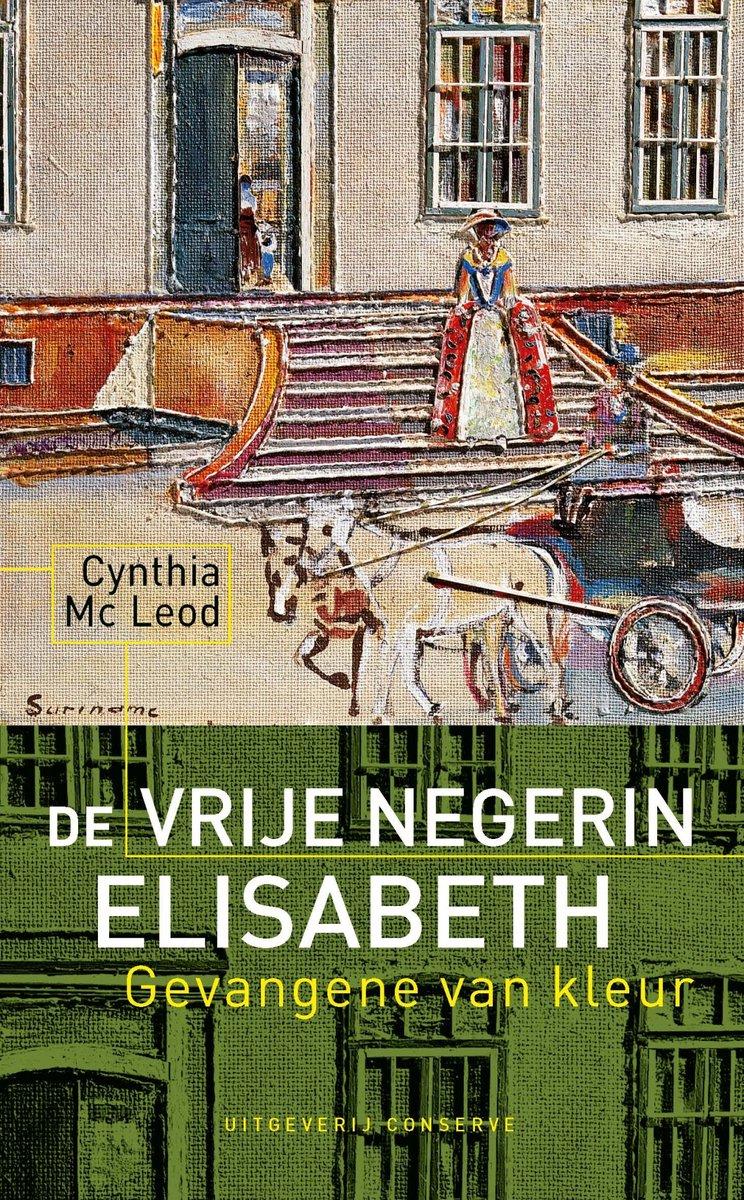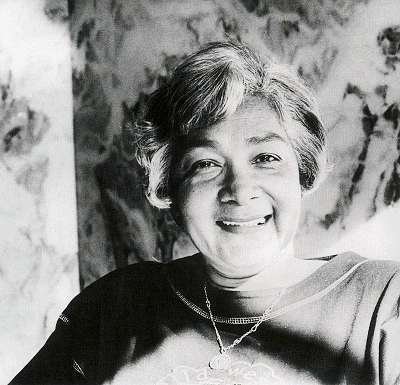The Free Negress Elisabeth
As a former colonial power, the Netherlands has a long tradition of writers inspired by the tropics. Their ‘colonial’ novels and accounts of their travels added a colourful, exotic element to Dutch literature, but for a long time the voice of the indigenous populations themselves remained unheard. It was only after the Second World War, when decolonisation was in full swing, that books began to appear in which the inhabitants themselves talked of their experiences; sometimes as immigrants in the Netherlands, sometimes writing from their original homeland, like Cynthia Mc Leod. She comes from Suriname, which became independent in 1975 and where Dutch is still spoken.

Mc Leod debuted in 1995 with the historical novel, Hoe duur was de suiker? (How Much Was the Sugar?). In that novel, she paints an impressive picture of the relationships on a sugar plantation in the slave society of the eighteenth century. This is also the backdrop for her latest novel De vrije negerin Elisabeth. The name Elisabeth Samson appears in historical works on Suriname because she wanted to marry a white man in 1764 and was refused permission by the colonial government. It is a shame that she is only mentioned in the history books for this reason, as she was prominent in many other ways as well.
After twelve years of intensive research Cynthia McLeod reveals the remarkable character Elisabeth Samson must have been. Through her own endeavours, Elisabeth managed to become the richest woman in Suriname by the mid-eighteenth century. This period, which is referred to as the Golden Age of Suriname, was the peak of three hundred years of slavery. Negroes were brought from Africa. According to the Bible they were predestined to become slaves; according to white supremacists, they possessed physical force but no intellect or feelings, and thus deserved no rights. This fascinating novel tells how Elisabeth managed to hold her own in Suriname’s colonial society and conduct business despite her colour, giving us a unique insight into how she must have felt and thought at the time.
It can justifiably be called a historical novel, as it sketches such a wonderful picture of colonial Suriname in the eighteenth century.
Surplus
The life story of Elisabeth Samson is strange and remarkable.
De Telegraaf
